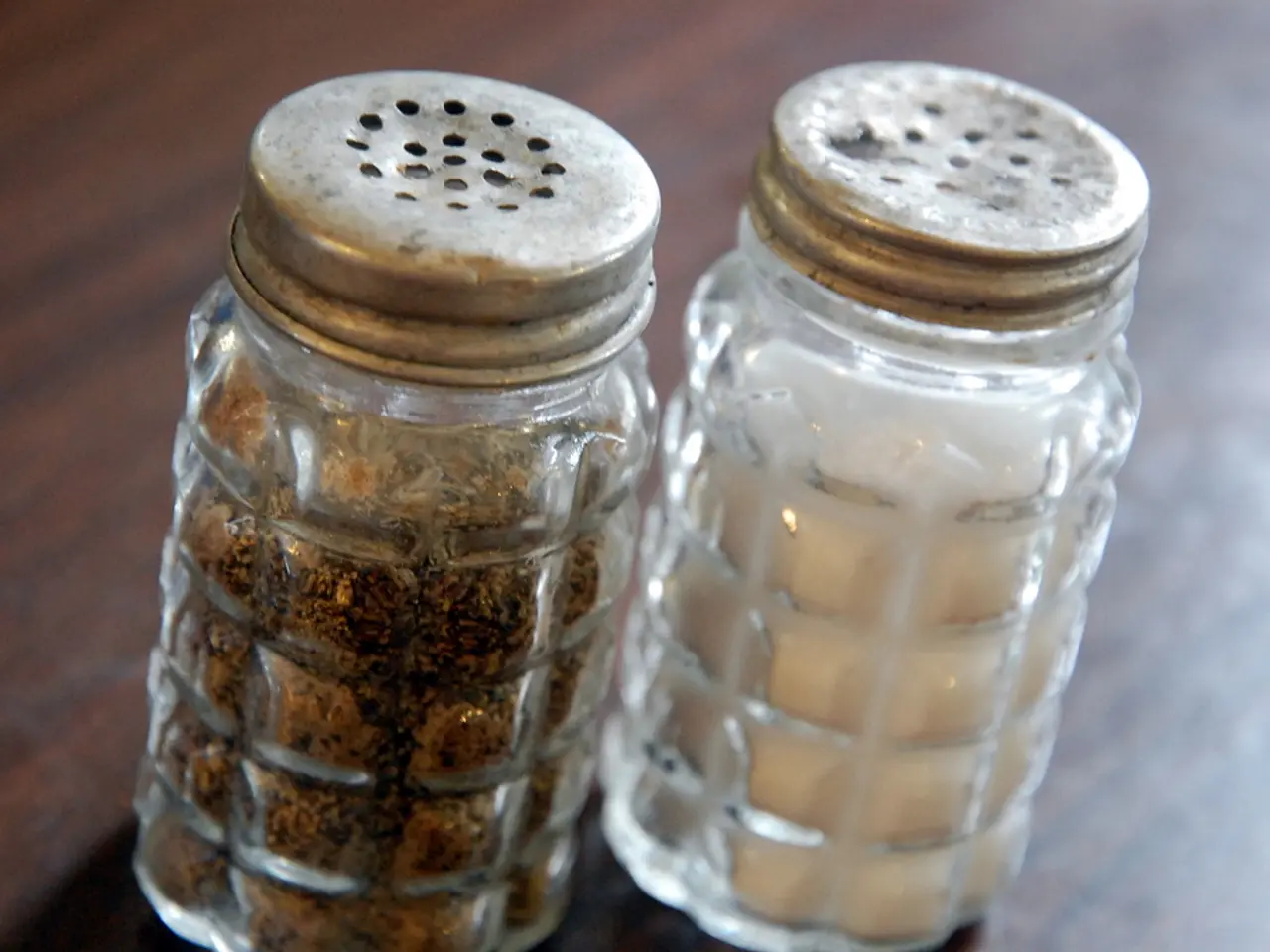Risks and Potential Hazards in Brewing Kombucha at Home
In the realm of health-conscious beverages, kombucha has gained significant popularity. However, it's crucial to ensure the safety of homemade kombucha, especially for beginners. Here's a comprehensive guide to help you navigate the process.
## Safety Measures for Homemade Kombucha
1. **Use Proper Equipment** - Avoid metal containers, especially stainless steel, as they can react with the acid in kombucha, potentially leaching harmful metals into the drink. - Opt for glass or food-grade plastic containers, which are proven safe for acidic foods.
2. **Maintain Hygiene** - Always wash your hands thoroughly with soap and water before handling the SCOBY or equipment. - Clean all utensils and surfaces using hot water (at least 160°F) to sanitize them.
3. **Use a Reliable SCOBY and Starter Liquid** - For the first batch, use a SCOBY and starter liquid from a reputable source to ensure safety and the right pH level (not higher than 4.0). - For future batches, use the SCOBY from a previously successful and healthy brew to avoid contamination.
4. **Monitor pH Levels** - Regularly check the pH level of your brew to ensure it falls within the safe range of 2.5 to 3.2, which helps prevent growth of harmful bacteria.
5. **Check for Contamination** - Inspect the SCOBY for any signs of mold or unpleasant odors. If anything unusual is noticed, discard it immediately.
6. **Temperature Control** - Use water between 160°F and 170°F (71-76°C) to brew, and always use a thermometer. - Ensure the fermentation area is consistently between 68°F and 85°F (20°C and 30°C) to promote healthy fermentation.
7. **Storage and Handling** - Store homemade kombucha in the fridge to slow down fermentation once it reaches the desired level of sourness. - If you add flavors like fruits, consume the kombucha within two days to avoid spoilage.
By following these guidelines, you can minimize risks and enjoy a safe homemade kombucha experience. It's important to note that kombucha may contain a small amount of alcohol, which can be dangerous for children and pregnant women.
Other factors to consider include the proportion of water, sugar, tea, and SCOBY in the kombucha recipe, as these are essential for successful fermentation. Sugar plays an essential role in the fermentation process, feeding the microorganisms. The origin of containers used for making kombucha should also be known to avoid contamination.
Basic hygiene and sanitation are essential for the success of homemade kombucha. Incidents reported were related to unsanitary fermentation environments or the use of antique jars contaminated with lead, both of which are easily avoided.
Rest assured, there are no serious cases of poisoning in scientific literature directly related to the consumption of homemade kombucha. The Canadian Food Inspection Association has declared kombucha to be safe and that it meets their inspection criteria. Thoroughly wash and rinse all equipment before using it for kombucha fermentation, and avoid antique stoneware jars that may contain lead.
When good microorganisms are added to sweet tea, they reproduce to grow the colony, creating a jungle of good microorganisms. This abundance of good microorganisms and the acidity of kombucha make it safe and able to perpetuate itself from recipe to recipe.
Enjoy the benefits of homemade kombucha with peace of mind, knowing you've taken the necessary precautions to ensure its safety. Happy brewing!
- To maintain safety in homemade kombucha, it's advisable to use glass or food-grade plastic containers instead of metal, especially stainless steel, which may leach harmful substances due to the acidity.
- Maintaining personal hygiene and sanitation is crucial when handling the SCOBY or equipment, as this helps prevent contamination.
- For a safe and healthy kombucha brew, use a reliable SCOBY and starter liquid from a reputable source, and ensure the pH level remains within the safe range (2.5 to 3.2).
- Monitor your kombucha's pH level and inspect the SCOBY for signs of mold or unpleasant odors to prevent growth of harmful bacteria.




